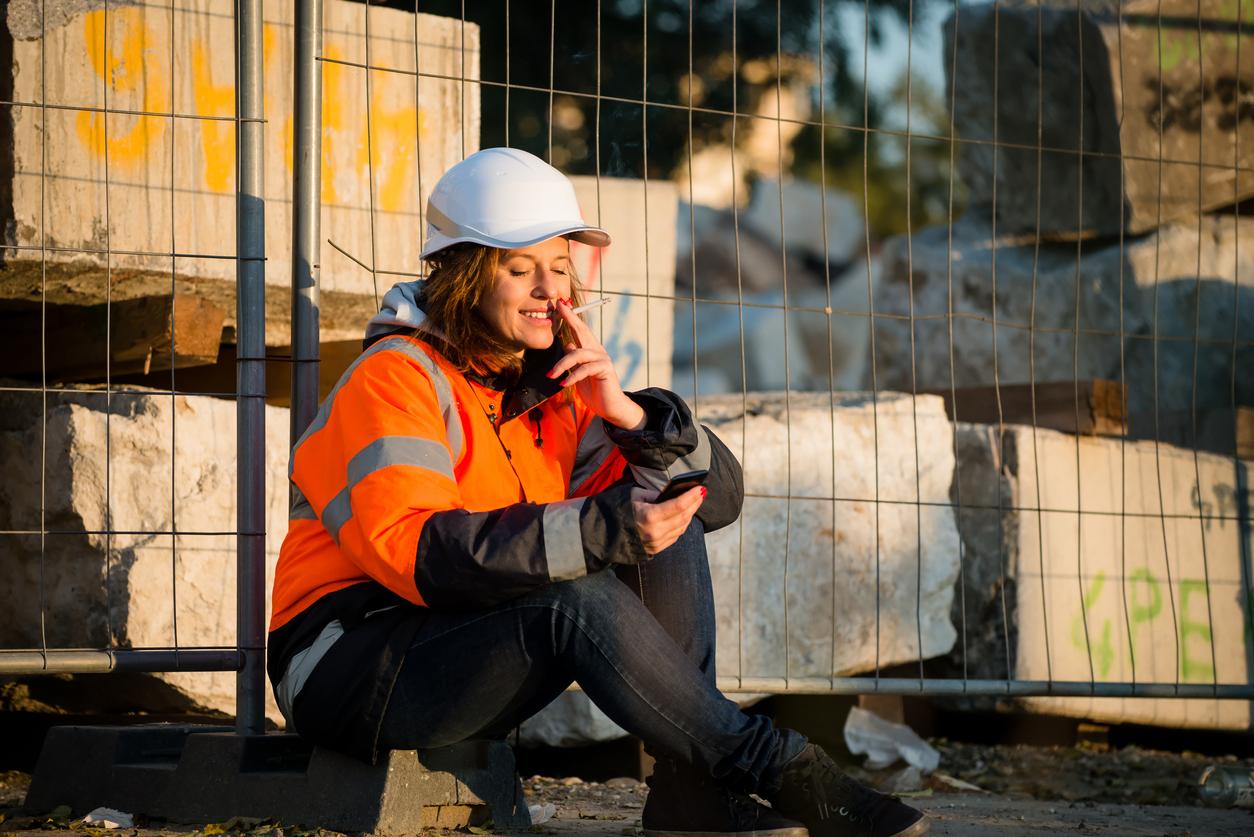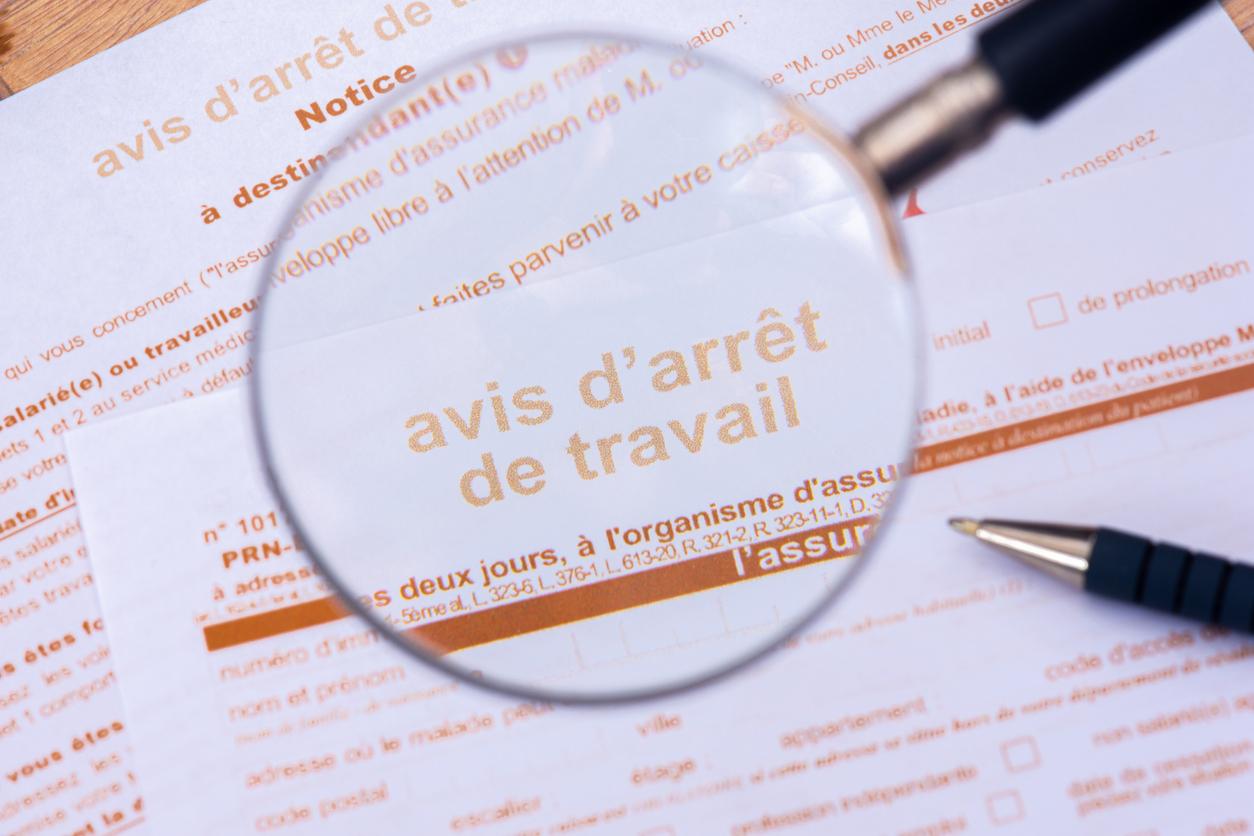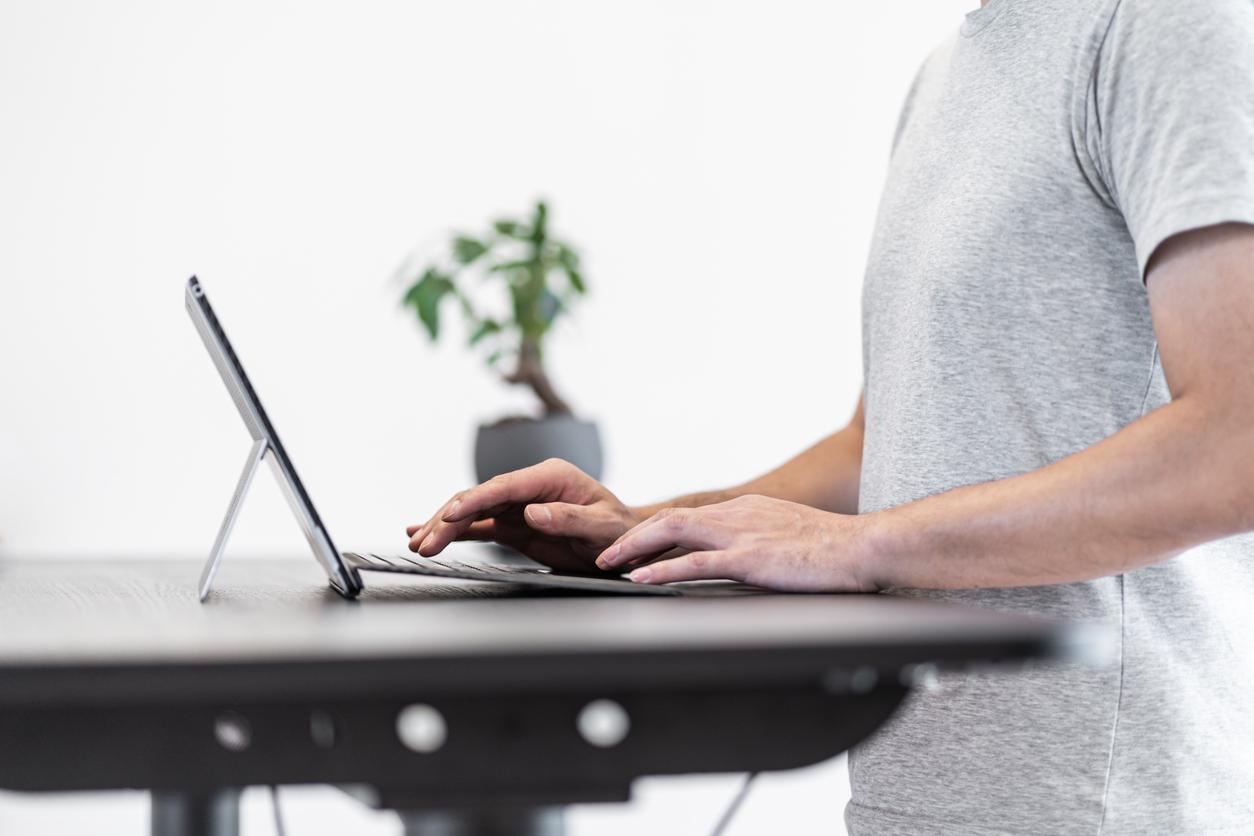the massage acts on different physiological mechanisms of our organism:
Mechanical: working on the different fabrics allows them to be softened.
Circulatory: “By massaging the tissues, we increase what we call their trophicity, essential for the good circulation of all fluids (blood, lymph) and good tissue nutrition, ”explains physiotherapist Jean-François Dumas. So a massage can improve the blood oxygen capacity by 10 to 15%.
Neurological: by touching the skin, we stimulate the thousands of sensors that sit there. “We act on the meta-nerves, that is to say the skin surface which corresponds to the nerve root. By a reflex effect, we will stop the painful information and therefore calm the pain ”, specifies the specialist.
Hormonal: called upon by touch, the skin’s receptors send a message of well-being to the hypothalamus, which will then release beneficial hormones: endorphin, oxytocin.
The different massage gestures
Effleurages, kneading, static pressure, sliding pressure, friction, percussion … Depending on the maneuver used and the pressure he puts on it, the practitioner acts more or less in depth on the different tissues (skin, muscle, tendon, ligament, etc. fascia) for analgesic, mechanical, trophic action.















